A few weeks ago I read this article about how to create a DIY Gold and blue polarising filter: The Secret of the Singh-Ray Gold-N-Blue Filter. I already had one polarizer, but this technique requires two polarisers. I've actually been interested in purchasing another polariser anyway for creating a DIY vari-ND filter. So I decided to try buying another cheap polariser from eBay that I can use for these techniques.
I purchased a 77mm dHD Green.L branded filter. (In case you're wondering, dHD stands for 'Dight High Definition'. Presumably it is meant to be Bright and not Dight, unless Dight means something in Chinese.) This filter cost me the grand sum of £3.99 with free postage. It arrived in a couple of weeks after paying.

Green.L Circular Polarising filter in case
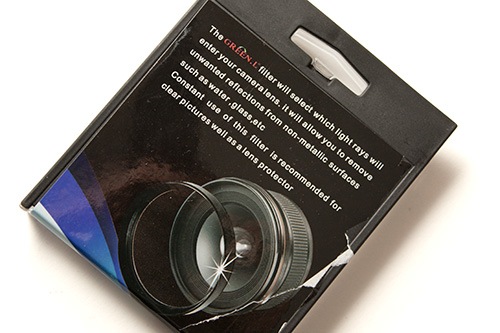
Green.L Polarising filter case back
In many forums you can read opinions of people saying that you get what you pay for with regards to cheap Chinese filters. Occasionally you can also come across a post by someone that did buy a cheap Chinese filter and actually found it to be okay. But you don't tend to find any photos showing the actual filter quality.
So I tested the Green.L polarising filter against my B+W Käsemann (doesn't that mean cheese man?) polarising filter. I tested them on my Canon 5D mkII with 24mm and 50mm lenses, and my 70-300mm lens at 300mm. I also tested to see if I could get both the filters working together for the gold N blue polariser and vari-ND filter effects.
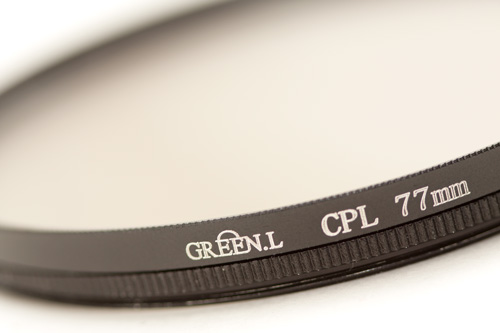
Green.L Circular Polarising filter
Both filters are of the circular polarising type. I did try to find a cheap linear polariser on eBay, but they are much more expensive than the circular polarisers. The circular polariser is the type recommended for accurate AF and metering with digital cameras. Linear is the older type used with old film cameras.
24mm
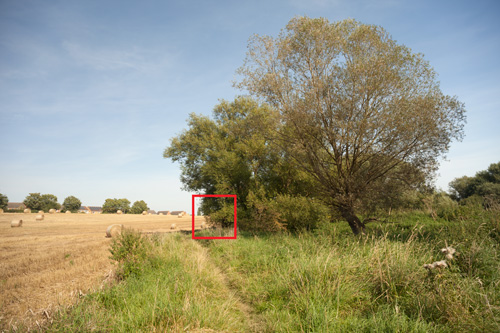
B+W Käsemann polarising filter
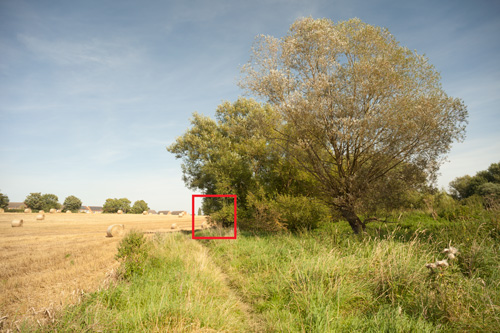
Green.L dHD polarising filter
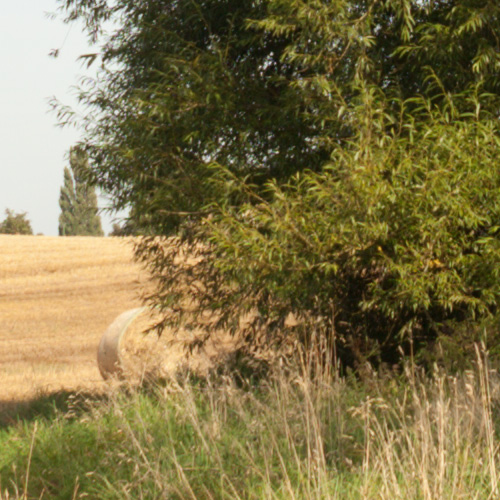
B+W Käsemann polarising filter 100% crop
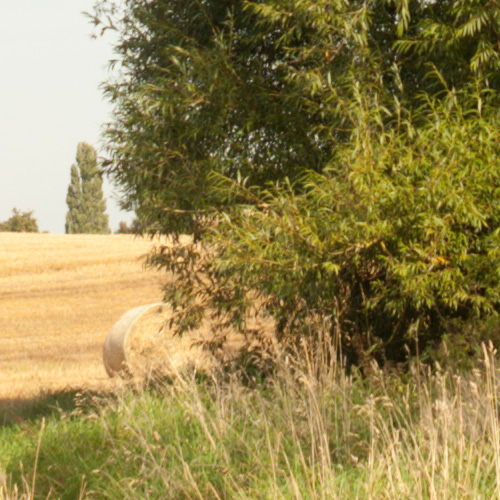
Green.L dHD polarising filter 100% crop
When used with a wide-angle lens, like my 24mm lens, there is very little difference between the two filters. The difference in lighting between the two images is either I didn't have the same amount of polarisation in both images or the density of cloud in front of the sun changed. Either way, it doesn't affect the resolution.
I actually had quite a bit of trouble in shooting comparison images at 24mm as the plane of critical focus seemed to shift between the images, despite not touching the focusing ring on the lens at all. (The two images above are ones that look to both be focused about the same to me). So, that is something for me to bear in mind when using filters with my 24mm lens. (i.e. focus after adding the filter, not before).
50mm
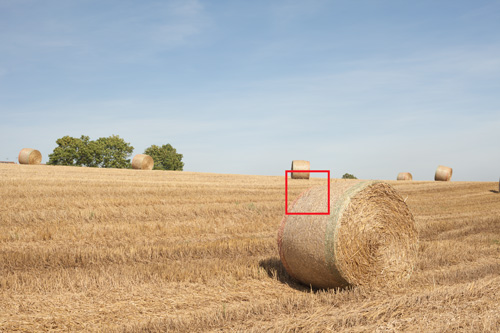
B+W Käsemann polarising filter
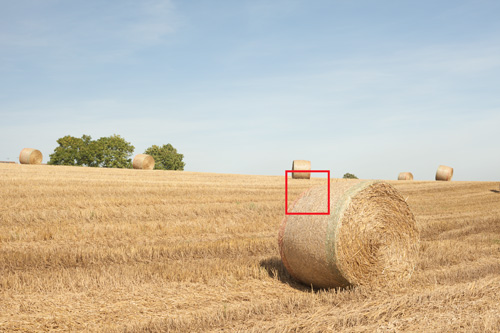
Green.L dHD polarising filter
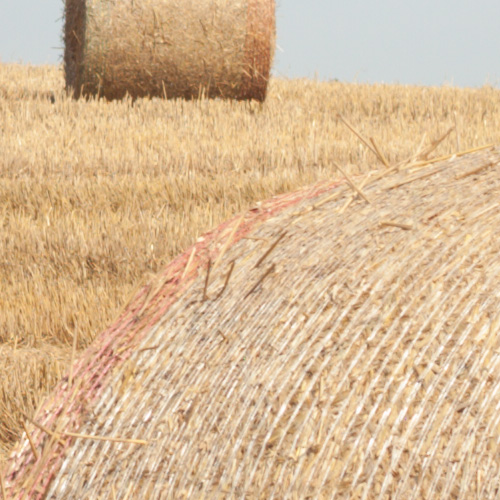
B+W Käsemann polarising filter 100% crop
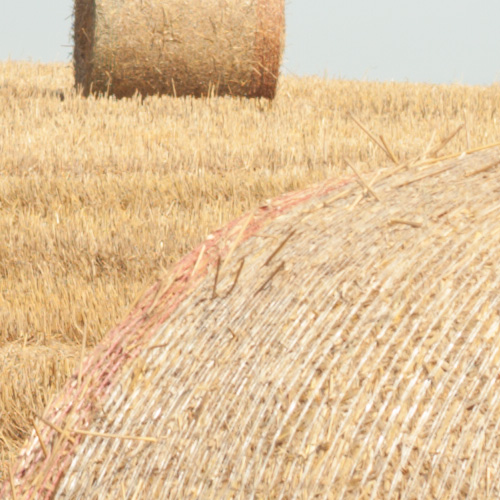
Green.L dHD polarising filter 100% crop
Again, there is virtually no difference between the two filters. Maybe a slight edge to the B+W filter, but only very slight.
300mm
Okay, so at 24mm and 50mm there's not much difference between the two filters. But if we use a long focal length, it should really show up any resolution differences between the two filters. For these photos the lens also had a UV filter on, the filter was on for all the shots so they are comparable.
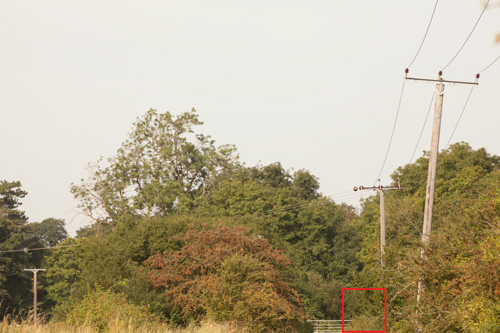
No polarising filter
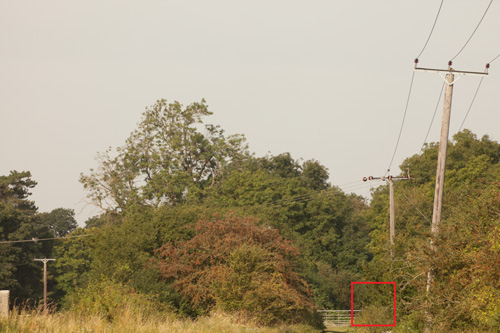
B+W Käsemann polarising filter
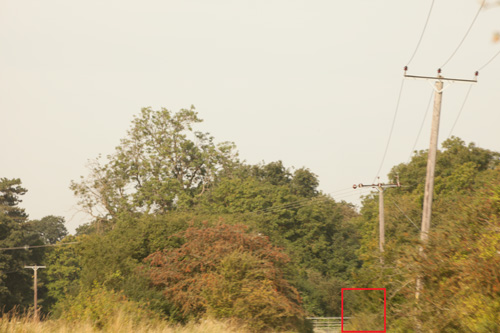
Green.L dHD polarising filter
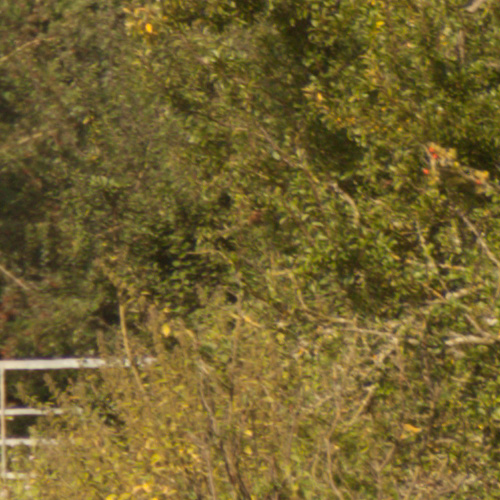
No polarising filter 100% crop
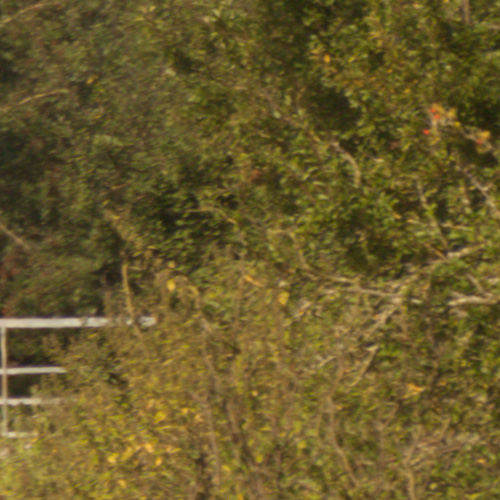
B+W Käsemann polarising filter 100% crop
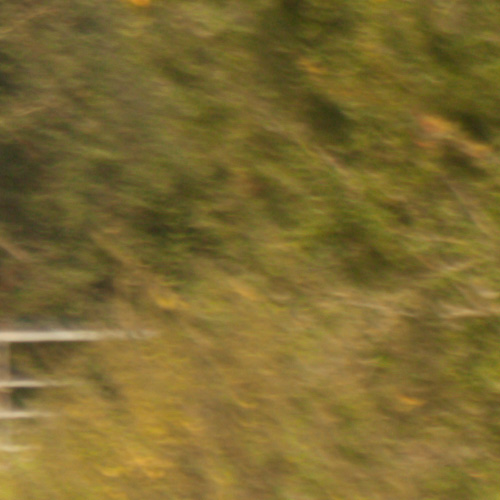
Green.L dHD polarising filter 100% crop
Here we can see a big difference between the filters, the Green.L polariser results in an awful smeary mess of a photo. I did shoot more than one test photo at each focal length with both filters, and the results are always similar. (So it wasn't that the tripod got nudged during the Green.L 300mm image or anything).
You can see that even the B+W polariser loses a bit of resolution compared to the no polariser image at this focal length.
Conclusion
In conclusion, I would say that the Green.L dHD polariser is fine for use with wide-angle and normal focal length lenses. (Maybe not with a super-high megapixel camera like the D800 though). For telephoto focal lengths I would spend the extra money on a good quality filter. If you can't afford a B+W filter, I expect a Hoya filter will do a decent job (it should at least be a lot better than the Green.L).
Given the cheap price of the Green.L filter, it wouldn't be too expensive to buy a few in different filter thread sizes for use with my different lenses. I don't think I will actually do this, but it would save time on messing about with stepping rings like I have to with my current filter.
Using the polarisers stacked for the Gold N Blue effect
By mounting the Green.L polariser on the front of the B+W polariser, I did manage to achieve the gold and blue effect.
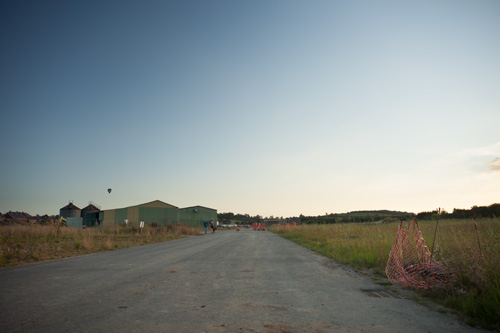
Single polariser only (1/30s)
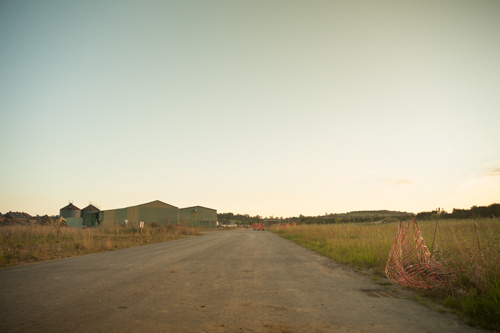
Stacked polarisers rotated for gold effect (1/10s)
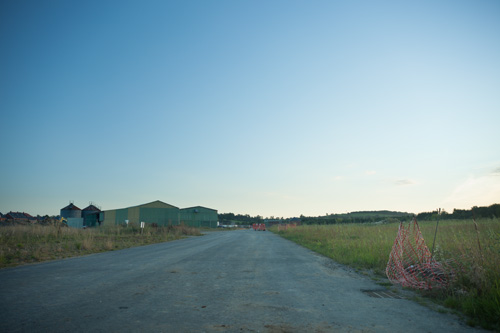
Stacked polarisers rotated for blue effect (1/10s)
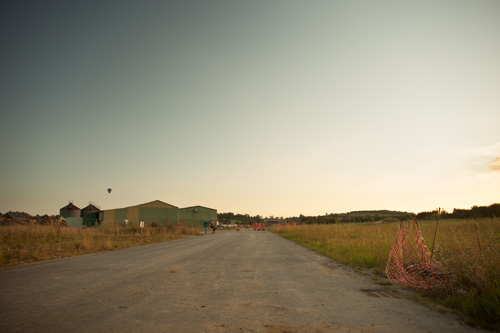
Single polariser only with warm WB
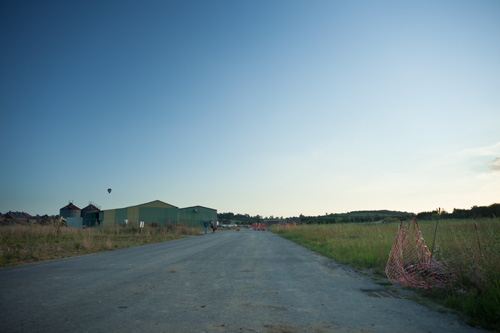
Single polariser only with cool WB
I can't really say that I see much advantage in achieving the gold / blue effect using stacked polarisers like this compared to setting a warm / cool white balance. Maybe I need to find a river to shoot to really see the difference.
Using a polariser stacked with a reversed polariser for a variable ND filter
I mounted my B+W polariser on the lens normally, then used a 77mm-77mm reversing ring to attach the Green.L polariser reversed. I did manage to achieve a strong ND effect with this combination, i.e. a long exposure was needed. But it was difficult to achieve results without purple bands cutting across the image.
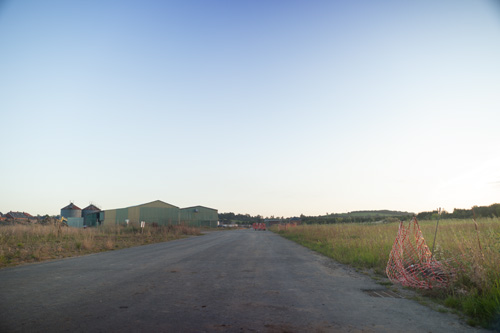
Polarisers rotated for 1.6s exposure
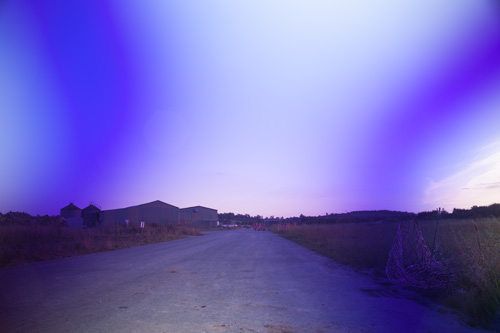
Polarisers rotated for 10s exposure
Given that the Green.L polariser quality is okay at wider focal lengths, I think I would rather buy a cheap vari-ND on ebay if I really wanted one.

Very helpful…just using it for a 10-24 wide angle lens. Any ideas on Infrared filters though??
Thomas
Hi Thomas
If it’s a full spectrum camera I’d suggest a red filter – should be quite a bit cheaper than a true IR filter, and provides more colour for false colour IR photography. I have the Hoya 25A red filter, you can see some photos taken with it here: https://www.davidkennardphotography.com/blog/786-great-bowden-in-infrared-hoya-25a-test.xhtml
If it’s a camera with a weak IR-cut filter (e.g. D70) then a red filter likely won’t work so well as the IR-cut filter will mean the camera receives much more red light than it does IR light. For these cameras the Hoya R72 IR filter seems to be the gold standard (though I haven’t used it myself – too expensive).
You can get sets of cheap IR filters in different strengths from eBay, but I am not sure what the quality is like.
Dave
I used a cpl Green.L 67mm on a nikon p510… With the same result as you. What mid-range filter do you recommend?
Personally I can’t really recommend much as I have only used the Green.L and the B+W I compared in this review. B+W filters have a good reputation. New they are expensive, but you might be able to pick one up for a more reasonable price second hand.
Hoya and Kenko filters also have a pretty good reputation, though make sure you get one with good coatings as they make quite a range.
Yes some of the so-called cheap Chinese filters are actually excellent and here is why Hoya is made by Kenko but you can buy the same filter as Kenko.
Kenko is made in China and I also have 2 others Baddeli which is Germany nano glass and the best is Gobe
The days are gone when cheap filters. We’re cheap now everybody makes good filters only the marketing tries to say which is the best then it’s just a marketing ploy to sell a certain brand expensive